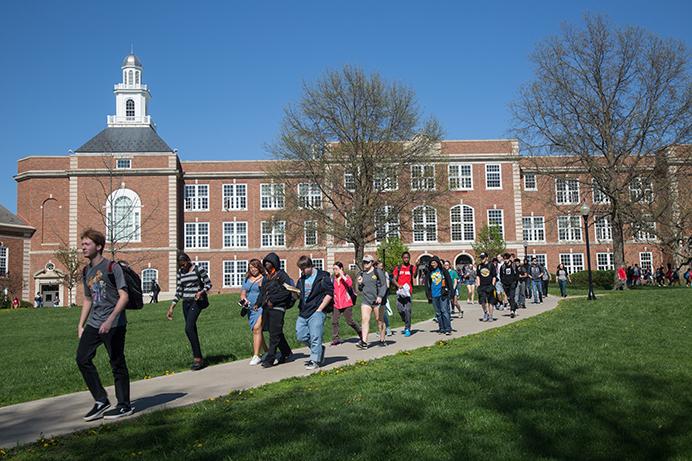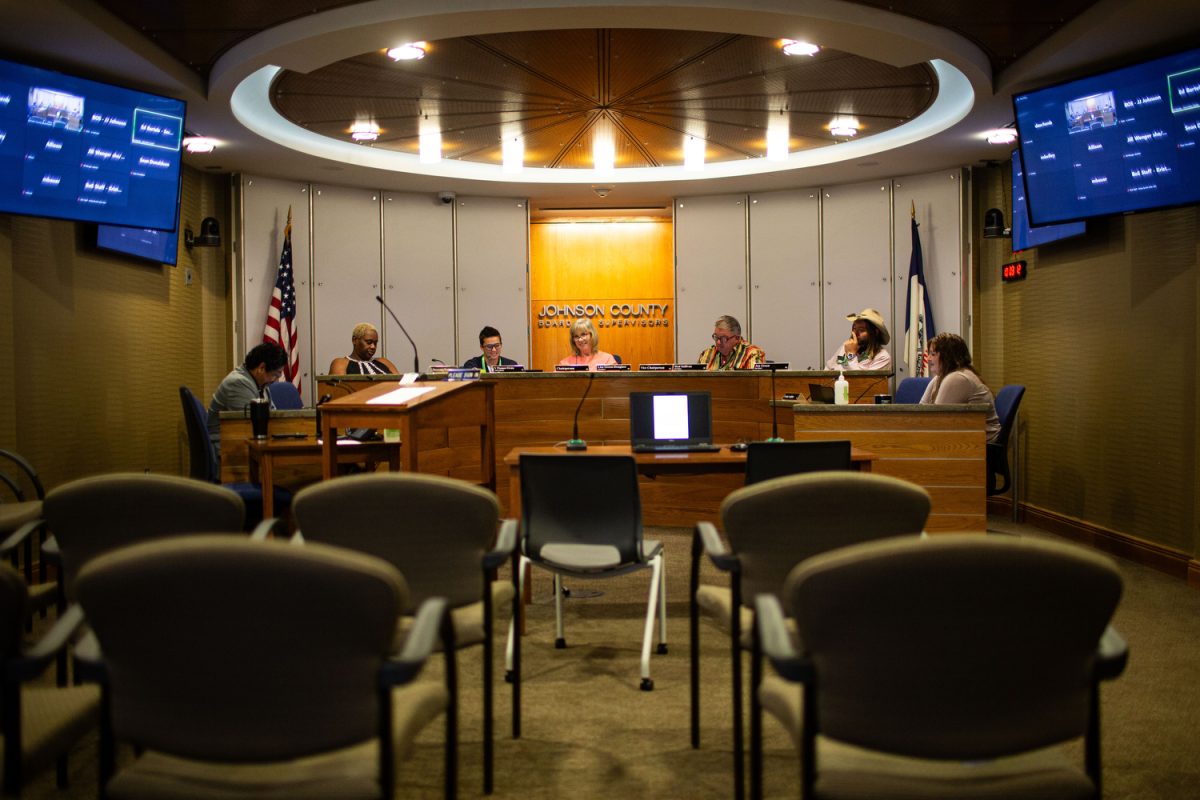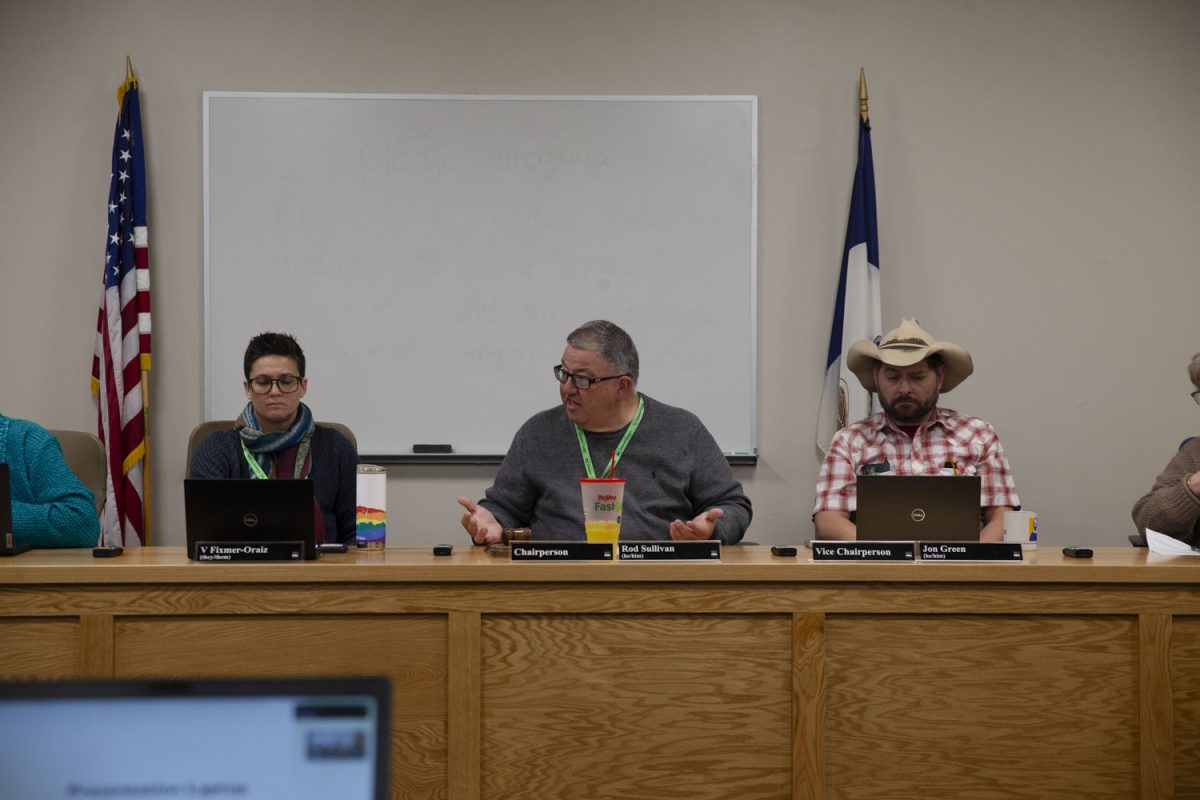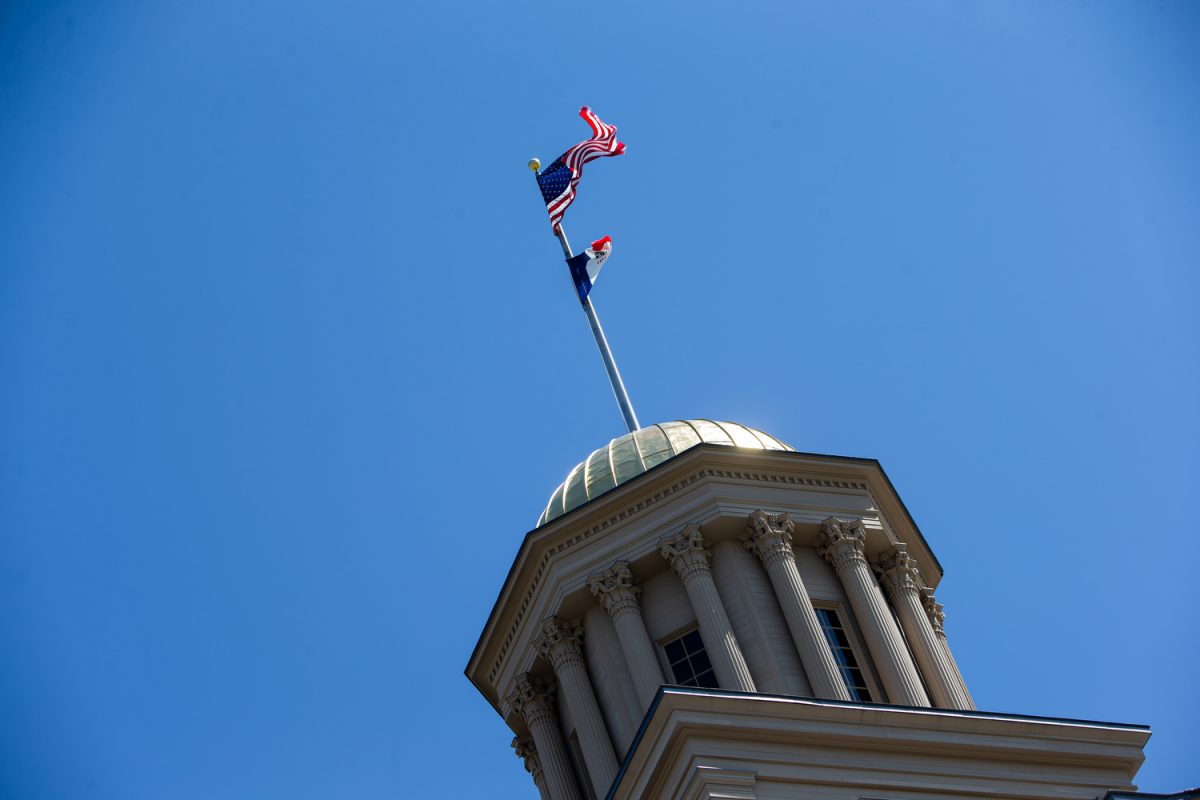By Sarah Stortz
As high-school graduation season gears up, there is a possibility to see fewer students walking across the stage at commencement.
The Iowa Department of Education reported early in April that Iowa has reached an all-time high in graduating high-school students, with 91.3 percent graduating in the 2015-16 school year.
However, dropout rates have increased from 2.5 to 2.8 percent for the first time in five years.
Jay Pennington, the Iowa Department of Education’s bureau chief of information and analysis services, said Iowa educators need to do more work to help high-school students reach their potential.
“The State Board of Education’s goal is 95 percent [graduation] for all of Iowa’s students,” he said. “The closer we get to this goal, the harder it will be to continue to see growth at the same rate as we have for the past several years. These results show there is more work to do to have fewer students drop out and to have more students graduate.”
Pennington said the graduation and dropout rates can increase at the same time because the two variables are measured at different times.
“For example, for the class of 2016, graduation rates started with freshman in the fall of 2012 to [the] 2013 school year,” he said. “Dropout rates are an annual statistic that examines the number of students — over a one-year period — who dropped out of schools. Therefore, you can have graduation rates go up at the same time and see more dropouts.”
Tammy Wawro, the president of the Iowa State Education Association, said she attributes the increasing number of students dropping out of high school to recent political activity.
“Iowa’s rise in dropout rates reflects the current political climate of uncertainty,” she said. “For the past four years, Republicans in the Legislature have underfunded Iowa’s public schools, turning their backs on essential programs that assist high-risk students. Essential programs that keep students focused and interested in staying in school, keeping our class sizes small and replacing outdated curricula are key to lowering our dropout rates.”
UI education Professor David Bills said this decline shouldn’t draw attention from the state’s impressive status for high graduation rates.
According to a U.S. News and Report ranking in October 2016, Iowa stands as the No. 1 state for students receiving high-school diplomas.
“I wouldn’t be overly concerned about it,” he said. “By national standards, these dropout rates are very low.”
While he noted that more students were dropping out, he said, many subgroups such as African-American and Latino students have been making steady progress.
Bills said the College of Education contributes to this success.
“What we do is produce the best teachers that we can,” he said. “Part of that is because the quality of teaching is so good here.”
Despite more students choosing to leave high school, Iowa being ranked No. 1 in graduating students reflects the quality of education in the state, Pennington said.
“Iowa has a proud tradition in educational excellence for our students,” he said. “Graduation rates are part of this collective context and another example of this proud tradition.”







